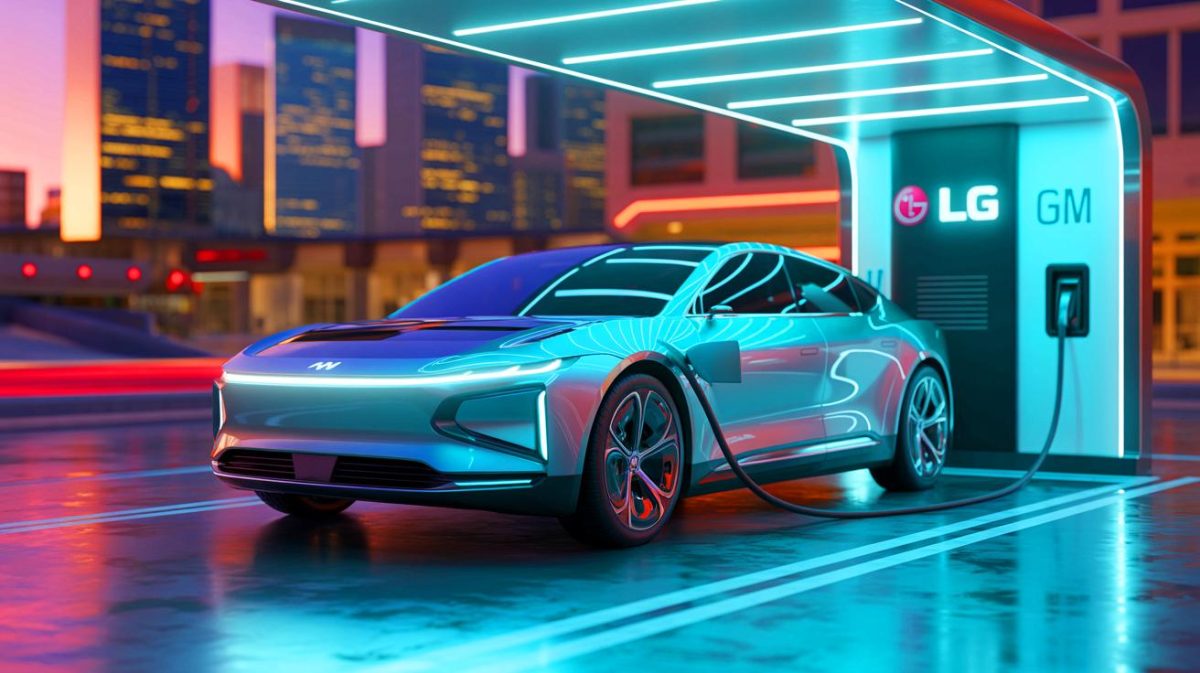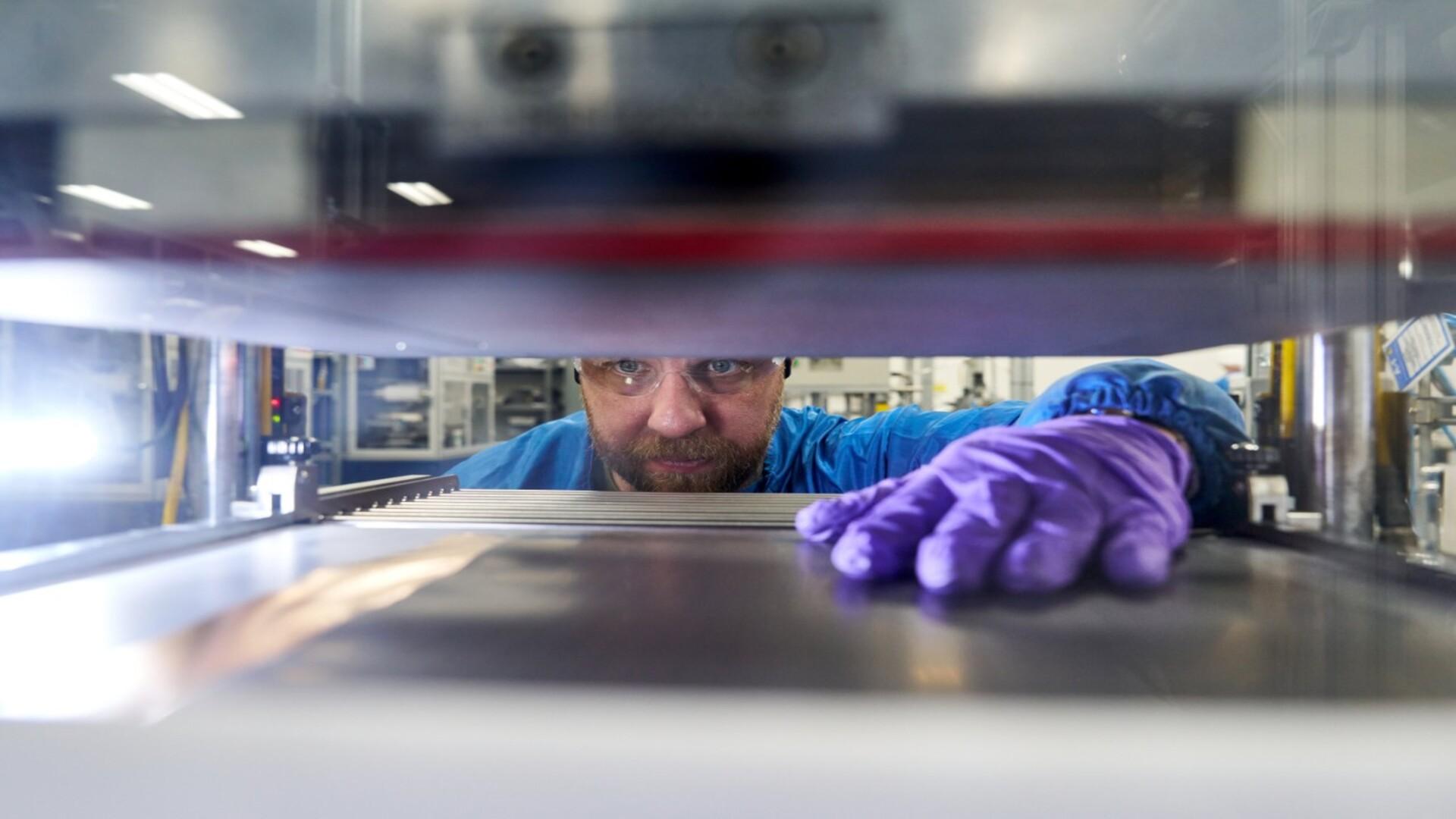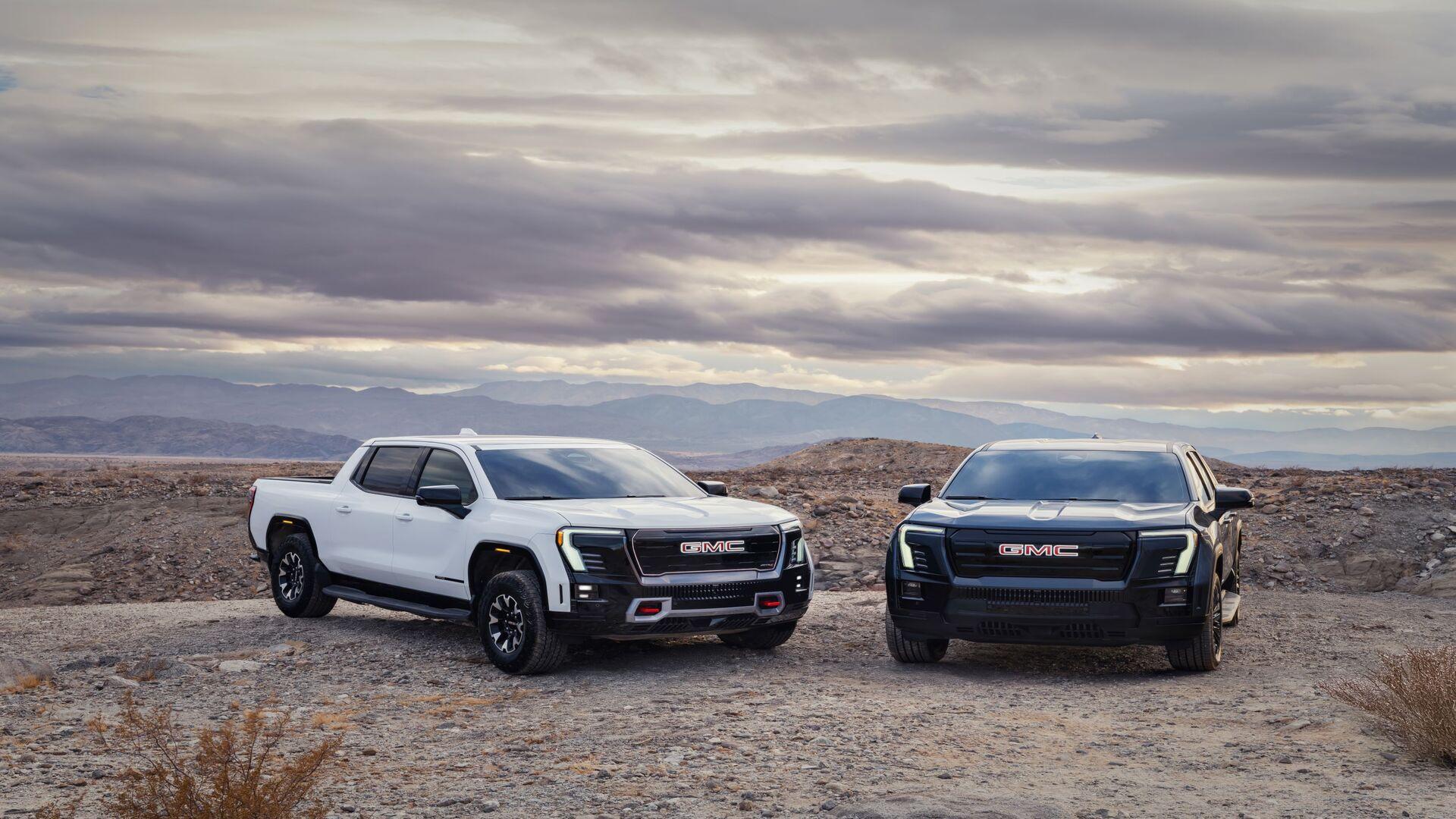| IN A NUTSHELL |
|
In the evolving landscape of electric vehicles (EVs), General Motors (GM) and LG Energy Solution have made a groundbreaking stride with the introduction of their lithium manganese-rich (LMR) prismatic battery. This innovation promises a revolution in EV performance, boasting a 33% increase in energy density compared to current lithium iron phosphate (LFP) cells. Designed to power GM’s future electric and full-size SUVs, these batteries not only promise more power but also redefine affordability and efficiency in the EV sector. As this technology pushes the boundaries of what electric vehicles can achieve, it opens up new possibilities for the industry and consumers alike.
The Game-Changing LMR Battery Technology
The LMR battery, developed by the collaborative efforts of GM and LG Energy Solution, represents a significant leap in battery technology. Its design allows for a substantial increase in energy density, crucial for enhancing the range and performance of electric vehicles. The use of lithium manganese-rich chemistry reduces reliance on expensive metals like cobalt and nickel, making it a cost-effective solution. This shift not only addresses the economic aspects but also aligns with sustainability goals by using more abundant materials.
GM’s upcoming electric trucks could see ranges exceeding 400 miles on a single charge, thanks to this new technology. This marks a pivotal moment in the race for long-range EVs, setting a new standard for efficiency. The partnership between GM and LG Energy Solution, through their joint venture Ultium Cells, aims to commercialize this technology, ensuring it becomes a cornerstone of future EV development. With full-scale production anticipated by 2028, the LMR battery is poised to revolutionize the market.
Decades of Development and Innovation
The journey to the LMR battery’s debut has been one of relentless innovation and perseverance. GM’s commitment to advancing this technology dates back to 2015, with significant contributions from their Wallace Battery Cell Innovation Center in Warren, Michigan. Over the years, GM engineers have tackled challenges related to the durability and performance of LMR cells, fine-tuning every aspect from cathode materials to assembly methods.
According to Wonjoon Suh, LG Energy Solution’s Vice President, the launch of LMR cells represents years of engineering progress. It reflects the shared vision of GM and LG to provide diverse EV options to consumers, expanding choices in the truck and full-size SUV markets. The development of this battery technology underscores a commitment to American battery innovation and job creation, reinforcing the importance of domestic manufacturing and materials sourcing in the EV industry.
Strategic Testing and Validation
Before the LMR battery can transform the EV landscape, it must undergo rigorous testing and validation. The final design of the LMR cells will be tested at GM’s new Battery Cell Development Center in Warren, Michigan, as well as at LG Energy Solution’s facilities. This phase is critical to ensuring the reliability and efficiency of the batteries before they are integrated into GM’s North American supply chain.
The testing process will validate the production-ready version of the battery, confirming its readiness for commercial deployment. Once validated, these batteries will be incorporated into GM’s diverse EV portfolio, complementing existing high-nickel and iron-phosphate solutions. This approach not only enhances consumer choice but also strengthens GM’s position as a leader in electric vehicle innovation.
A Collaborative Vision for the Future
The introduction of the LMR battery is more than just a technological breakthrough; it is a testament to the power of collaboration. The partnership between GM and LG Energy Solution highlights the synergies that can be achieved when industry leaders work together towards a common goal. This joint effort not only advances battery technology but also sets a benchmark for future collaborations in the automotive industry.
Kurt Kelty, GM’s Vice President of battery, propulsion, and sustainability, emphasized that the new technology is set to deliver premium range and performance at an affordable cost. As GM and LG continue to innovate, they pave the way for a new era of electric utility vehicles. With the potential to redefine the EV market, the question remains: How will this breakthrough influence the future of transportation and the way we think about energy sustainability?
Did you like it? 4.5/5 (23)









Wow, a 33% increase in energy density? That’s huge! Keep up the great work, GM and LG! 😊
Finally, an EV that might actually go the distance! Can’t wait to see these batteries in action.
Is this the breakthrough we’ve been waiting for? Hope it’s as good as it sounds!
400 miles on a single charge? That’s impressive, but how will it perform in cold weather?
Great news for the EV market! Thanks for pushing the boundaries, GM and LG! 👍